With the COVID-19 pandemic showing little signs of slowing down, chances are pretty strong that you’ve found yourself migrating away from your usual office or cubicle to your home. Because of this, you probably fall into one of two categories:
You’re barely (if at all) fazed by this change.
Your mental and/or emotional state has taken a serious hit because of having to make the change.
No matter where you are emotionally or mentally with the change of locale, you’re going to need every bit of help you can get to not only make the change possible but make it as efficient as it can be.
Believe it or not, your Android mobile device can help you make that transition a bit easier. Even if you’re working for a software development company like BairesDev, you’ll want as much help as you can get.
Let’s take a look at some of the ways Android can help.
Contents
Backup Network
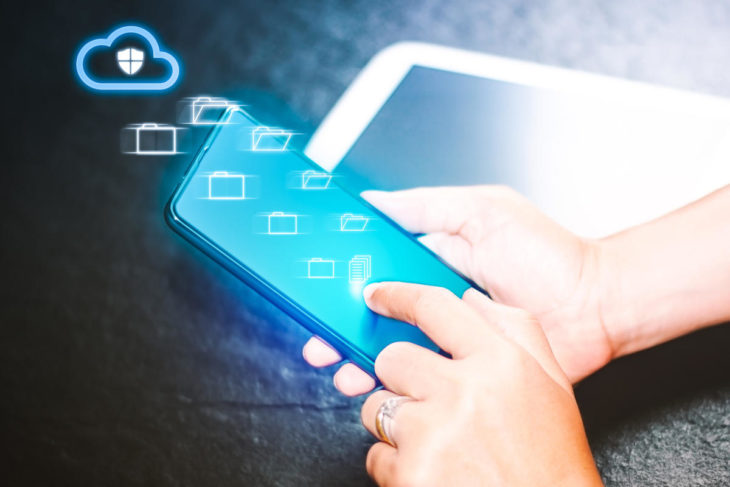
Source: computerworld
You’re probably used to having reliable network connectivity at work. Do you enjoy the level of consistency with your home network? Probably not—especially when more and more people are placing greater demands on your service provider.
And when your home network goes down, what do you do? There are a few options available. You could buy a dedicated hotspot from your ISP, you could get a second network added to your house, or you could tether your laptop or wireless-enabled desktop to your Android device for a temporary solution.
On a number of occasions (such as a power outage), I’ve had to turn to my Android phone for a network connection. However, as working on an Android device isn’t exactly as efficient or productive as you’ll need for your daily job, tethering is the best option.
You might not enjoy the same network speeds as you have with your home network, but when push comes to shove, that Android device can at least keep you moving forward.
Manage your day with timers
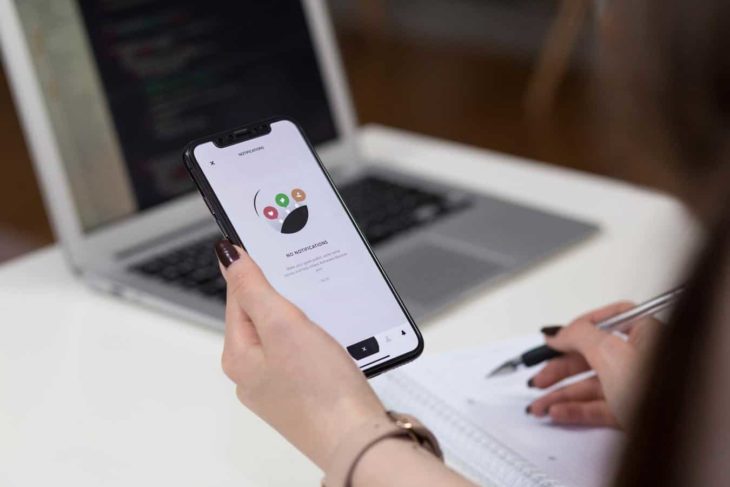
Source: lifehack
When you’re working from home, you won’t have your managers or other higher-ups looming over you, making sure you stay on task. This can be an issue, especially when you work with software development services.
Say, for instance, you have five main tasks to get done during the day, each of which must be completed in a timely fashion. One of the easiest ways you can keep yourself on track is by using the timer function built into Android. You can even add multiple timers with labels to keep you on task and make sure you finish those jobs before time runs out.
Secondary computer
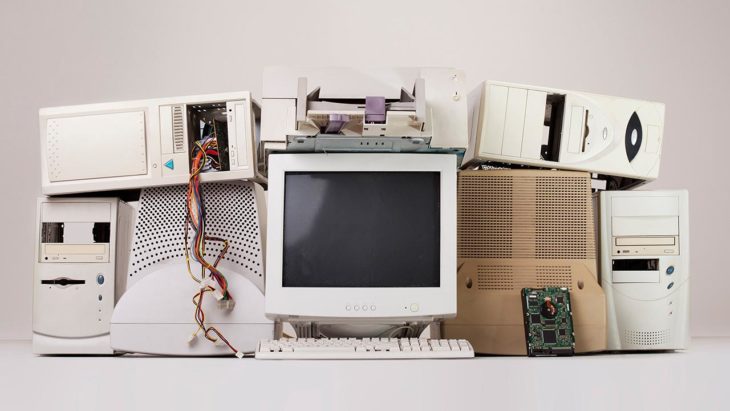
Source: pcmag
You could always use your Android device as a secondary computer. How? This would require having a supported external display, Bluetooth mouse, and keyboard. But if you happen to have those particular items, you could use your Android smartphone as a device dedicated to secondary tasks, like email, web browsing, messaging, and social media.
The reason why you’d want to make use of an external display and mouse is that the smartphone interface isn’t exactly the most efficient way to work. With the addition of that mouse and keyboard, your Android device can function as a secondary (or backup) computer. The interface is a little different from Windows, but you spend most of the time inside your browser so that you will note no difference.
A much-improved phone
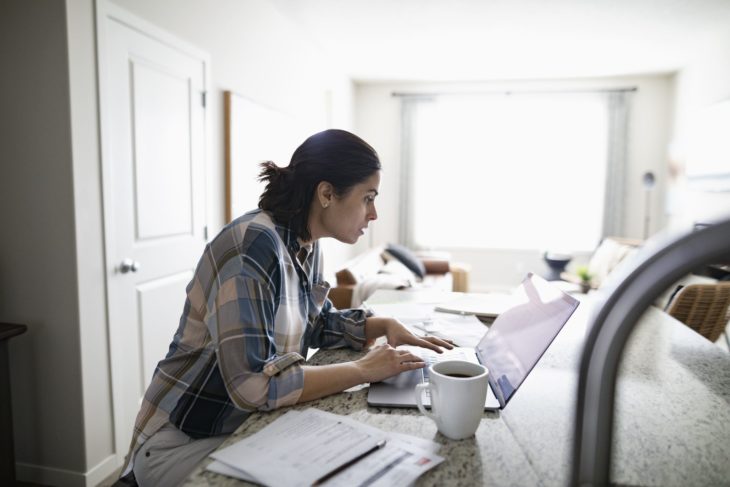
Source: investopedia
At your place of business, you probably have a powerful VoIP/PBX phone system that allows you to do a good many things. At home, you don’t have that. You probably don’t even have a landline at home. You do, however, have a powerful phone in Android, one that allows you to hold, switch, and screen calls.
And with the help of apps like Zoom, Hangouts, and Duo, your Android device can be used for video conference calls. That’s something your in-office company phone can’t do.
You should also rely on a Bluetooth headset to make it easier for you to use your phone throughout the day. You do not want to spend your day placing calls with your phone held between your shoulder and cheek, as that can make for a sore neck by the end of the day.
All the apps you could need
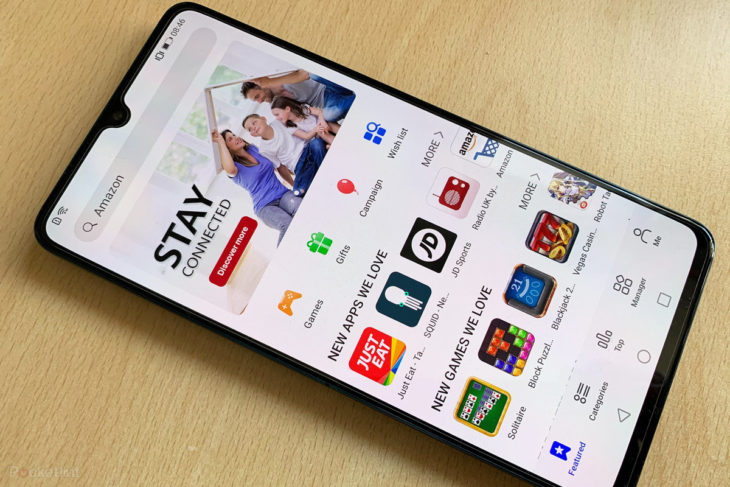
Source: cnet
You’ll probably spend most of the day on your laptop or desktop. However, your phone probably already has a lot of the apps that you need to be installed. If not, those apps are but a few taps away—Zoom, Slack, bill.com, Nextcloud, voice recorders, password managers, cloud storage providers, and social media.
Besides ease of installation, another benefit of using the apps on your phone is that they seamlessly integrate with your camera. That means collaboration and communication tools like Zoom won’t require challenging configurations and driver installations to get the camera to function properly. On top of this, the camera in your smartphone is quite able to handle the demands of teleconferencing with ease.
VPN
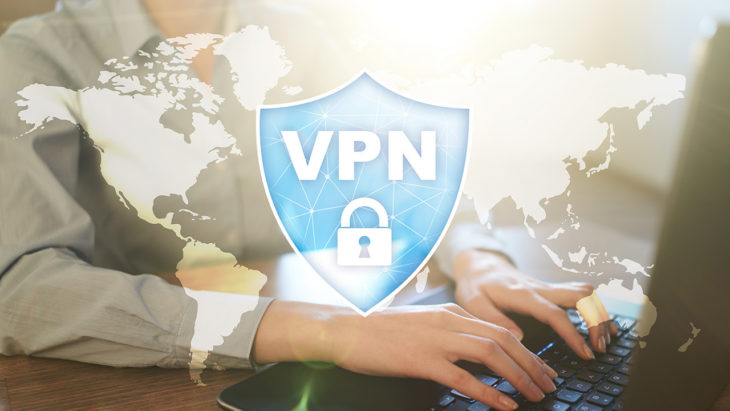
Source: pcmag
When you’re working at home, you might have sensitive information to send to either a teammate, a customer, or a client. Can you trust your home network? If you can’t trust your home network, are you able to install a VPN tool on your laptop or desktop in order to make communication a bit safer?
If not, you can always turn to Android. You’ll find plenty of easy-to-use VPN clients on the Google Play Store—all of which are easy to install and easy to use. Or, if your company has a VPN server, you can always use the built-in VPN connection wizard to connect to a PPTP, L2TP, or IPSec VPN server.
Either way you go, making a connection via VPN is significantly easier on Android than it is with standard desktop platforms.
Conclusion
You don’t have to stress about making the shift from working in an office to working from home. With your handy Android device at your service, the transition can be seamless. Just remember to keep that device charged throughout the day.
